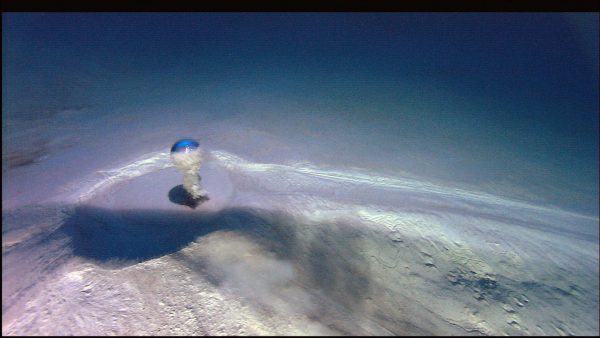

| Online: | |
| Visits: | |
| Stories: |

| Story Views | |
| Now: | |
| Last Hour: | |
| Last 24 Hours: | |
| Total: | |
3.5% Of Global Methane Deposits Could Melt By 2100 Due to Climate Change
This research, published in the renowned Nature Communications journal, has proven, through simulations, that in addition to known mechanisms, another previously unknown mechanism, osmosis (diffusion that takes place between two liquids or gases capable of mixing through a septum or semipermeable membrane), may play a key role in this event.
As explained by one of the authors of this paper, Julyan Cartwright, from the IACT (CSIC-UGR) and the Carlos I Institute of Theoretical and Computational Physics (UGR), “there are places under the seas and oceans where methane from lower rock layers emerges. We often find huge deposits of methane hydrates -solid material containing methane, a potent greenhouse gas- within the seabed. However, we must better understand and analyze if there is a risk that these deposits could be melted with climate change, thus discharging their methane to the environment”.
Mud volcanoes and submarine seeps are phenomena in which a certain fluid (water, mud, sometimes gas bubbles) emerges from the seabed. “Using fluid dynamics we have calculated the forces associated with fluid flow of an emanation or a mud volcano”, Silvana Cardoso from the department of Chemical Engineering and Biotechnology, University of Cambridge (UK), author of the paper, concludes.
Contacts and sources:
Citation: Cardoso, S. S. S. & Cartwright, J. H. E. Increased methane emissions from deep osmotic and buoyant convection beneath submarine seeps as climate warms. Nat. Commun. 7, 13266 doi: 10.1038/ncomms13266 (20 16). El artículo completo está disponible en este enlace: http://www.nature.com/articles/ncomms13266
Source: http://www.ineffableisland.com/2017/03/35-of-global-methane-deposits-could.html



